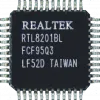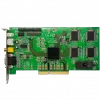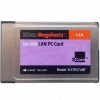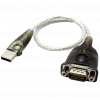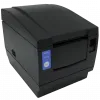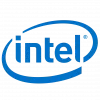
Year
1995
Windows 95 (codenamed Chicago) is a consumer-oriented graphical user interface-based operating system developed by Microsoft. It was released on August 24, 1995, and was a significant progression from the company's previous Windows products. During development, it was referred to as Windows 4.0 or by the internal codename Chicago."Buddy Holly". On the CD version a computer game called Hover! was also included. Windows 95 can be used online in your browser using GameYak: https://gameyak.com/dosx-windows-95

